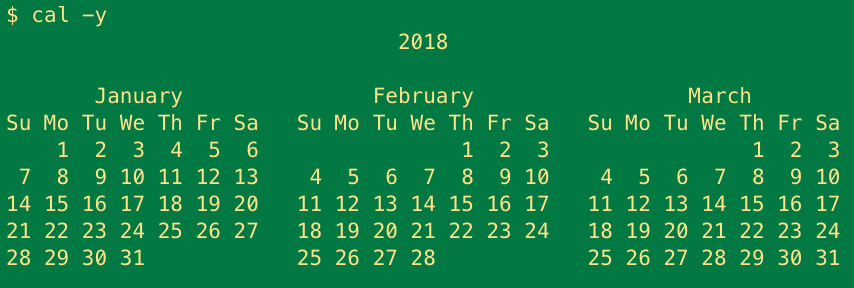AWS Compute Blog
ICYMI: Serverless Q1 2018
This post courtesy of Paul Johnston, AWS Senior Developer Advocate – Serverless Welcome to the first edition of the AWS Serverless ICYMI (In case you missed it) quarterly recap! Every quarter we’ll share all of the most recent product launches, feature enhancements, blog posts, webinars, Twitch live streams, and other interesting things that you might have […]
Using AWS Lambda and Amazon Comprehend for sentiment analysis
This post courtesy of Giedrius Praspaliauskas, AWS Solutions Architect Even with best IVR systems, customers get frustrated. What if you knew that 10 callers in your Amazon Connect contact flow were likely to say “Agent!” in frustration in the next 30 seconds? Would you like to get to them before that happens? What if your […]
Node.js 8.10 runtime now available in AWS Lambda
This post courtesy of Ed Lima, AWS Solutions Architect We are excited to announce that you can now develop your AWS Lambda functions using the Node.js 8.10 runtime, which is the current Long Term Support (LTS) version of Node.js. Start using this new version today by specifying a runtime parameter value of nodejs8.10 when creating or […]
Managing Cross-Account Serverless Microservices
This post courtesy of Michael Edge, Sr. Cloud Architect – AWS Professional Services Applications built using a microservices architecture typically result in a number of independent, loosely coupled microservices communicating with each other, synchronously via their APIs and asynchronously via events. These microservices are often owned by different product teams, and these teams may segregate their […]
Applying the Twelve-Factor App Methodology to Serverless Applications
The Twelve-Factor App methodology is twelve best practices for building modern, cloud-native applications. With guidance on things like configuration, deployment, runtime, and multiple service communication, the Twelve-Factor model prescribes best practices that apply to a diverse number of use cases, from web applications and APIs to data processing applications. Although serverless computing and AWS Lambda […]
Sharing Secrets with AWS Lambda Using AWS Systems Manager Parameter Store
This post courtesy of Roberto Iturralde, Sr. Application Developer- AWS Professional Services Application architects are faced with key decisions throughout the process of designing and implementing their systems. One decision common to nearly all solutions is how to manage the storage and access rights of application configuration. Shared configuration should be stored centrally and securely with […]
How To Migrate Multi-Tier Environments Using The AWS Server Migration Service
This post courtesy of Shane Baldacchino, Solutions Architect at Amazon Web Services. Many customers ask for guidance on migrating end-to-end solutions running on virtual machines over to AWS. This post provides an overview of moving a common WordPress blog running on a virtualized platform to AWS, including re-pointing the DNS records associated to with the […]
Announcing Go Support for AWS Lambda
This post courtesy of Paul Maddox, Specialist Solutions Architect (Developer Technologies). Today, we’re excited to announce Go as a supported language for AWS Lambda. As someone who’s done their fair share of Go development (recent projects include AWS SAM Local and GoFormation), this is a release I’ve been looking forward to for a while. I’m […]
Serverless @ re:Invent 2017
At re:Invent 2014, we announced AWS Lambda, what is now the center of the serverless platform at AWS, and helped ignite the trend of companies building serverless applications. This year, at re:Invent 2017, the topic of serverless was everywhere. We were incredibly excited to see the energy from everyone attending 7 workshops, 15 chalk talks, 20 […]
Managing AWS Lambda Function Concurrency
One of the key benefits of serverless applications is the ease in which they can scale to meet traffic demands or requests, with little to no need for capacity planning. In AWS Lambda, which is the core of the serverless platform at AWS, the unit of scale is a concurrent execution. This refers to the […]









